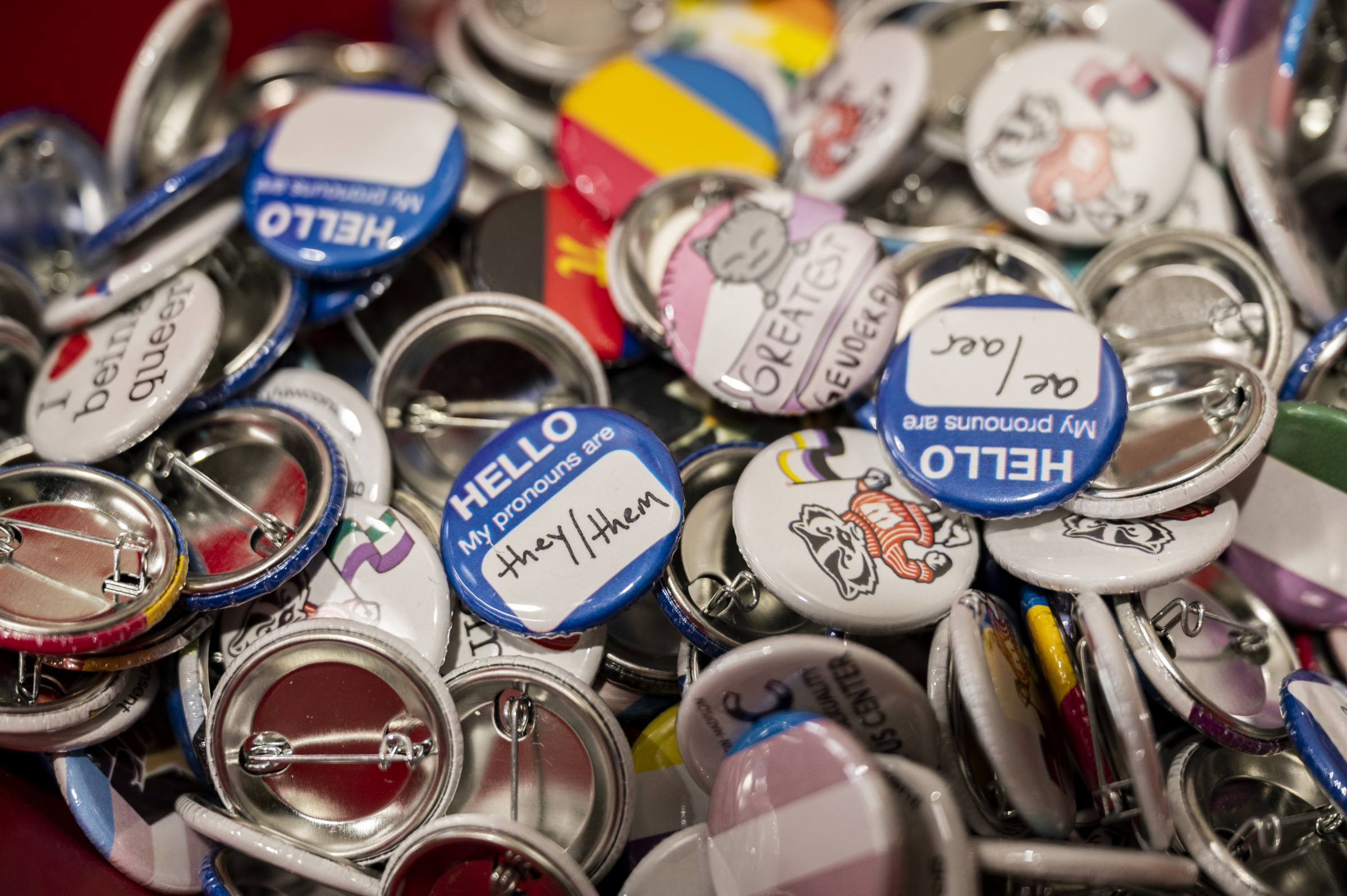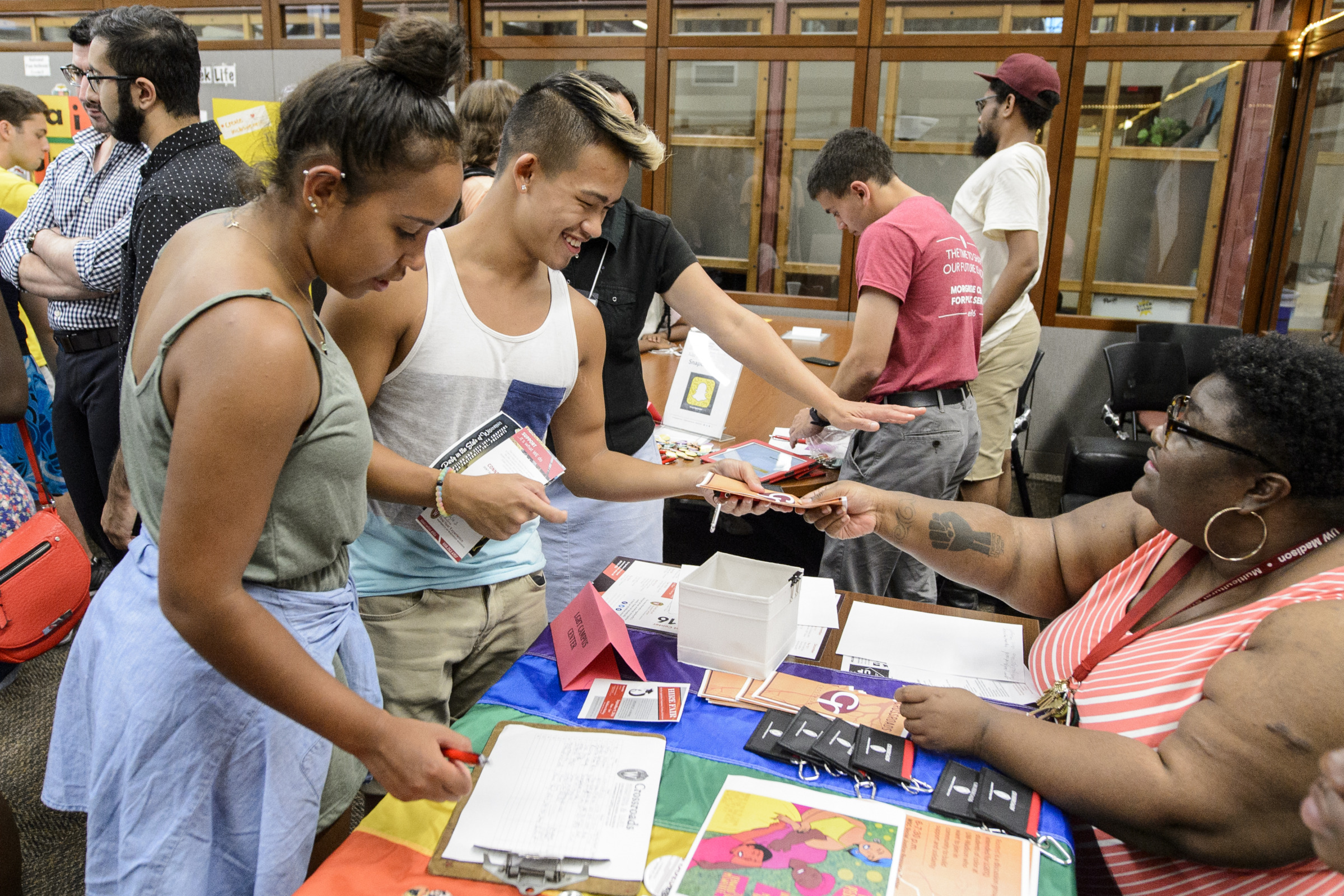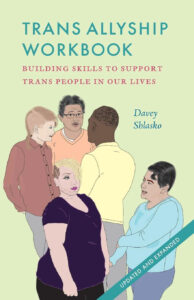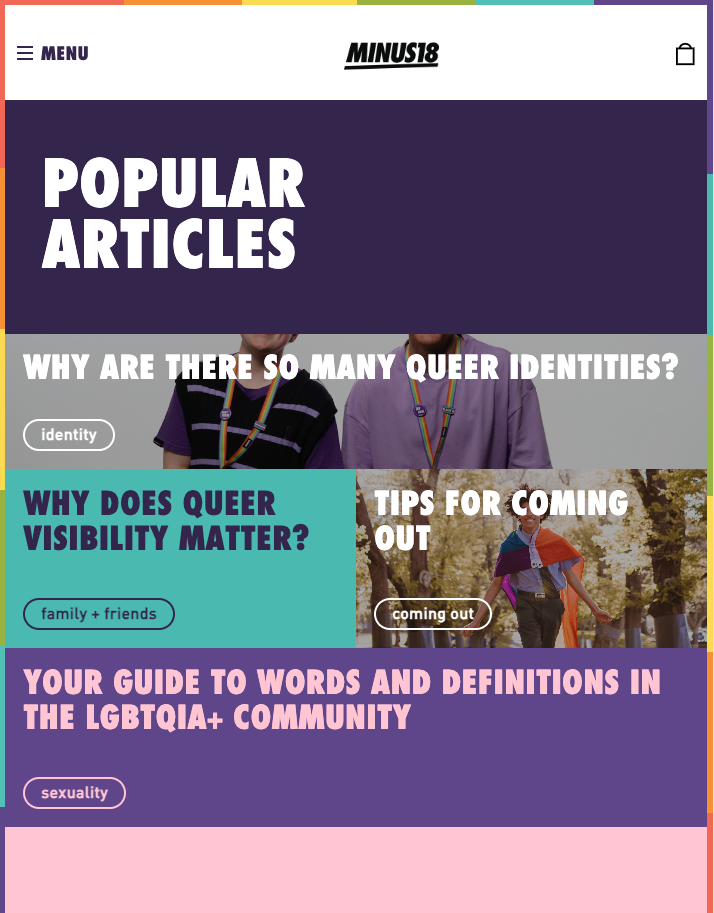Gender Inclusion
Overview
In this phase of the Gender Inclusion Curriculum Jams process, the group focused on training for staff members and volunteers. The resources here can be used to increase awareness and understanding of gender diversity and promote practical ways of supporting inclusion, both within and beyond the camp setting.
Scope
“I think what’s so interesting about the topic is that there’s always new stuff and information every single day and it is really within the individual themselves. We have a lot of learning to do…”
-Curriculum Jam participant
Early on, the planning team identified a need for youth development volunteers and educators to increase their awareness and understanding of gender diversity and gender inclusion. The interviews added richness and depth, highlighting such concepts as:
- Developing a common understanding of key terms and concepts and equipping educators with skills and practices
- Promoting practices of universal inclusion and addressing bullying, conflict, and opposition
- Representing and learning from diverse lived experiences, acknowledging intersectionality and avoiding tokenization
- Providing guidance for running inclusive programming
- Creating safer, more welcoming spaces
- Encouraging self-reflection among participants
How were these recommendations developed?
5 interviews with individuals with lived experience and/or specialized background related to gender identity/inclusion.
2 themes emerged from interview data analysis—important content to share with learners and effective delivery methods for delivering that content.
4 content sub-themes and 6 delivery sub-themes formed the basis for criteria the group applied to a curriculum search process. The criteria were used to pre-screen and filter identified curriculum resources.
8 training curriculums were selected for further review and discussion.
8 youth, community adults, and educators with lived experience and/or specialized background with gender diversity and inclusion made the following curriculum recommendations.
Deep gratitude to all the youth, community adults, and educators who served as Interviewees, Jam Team Members, and Reviewers!
Resources
Educator Toolbox
The toolbox is made up of recommended resources that program leaders or educators can use to develop background knowledge on the topic.
Gender Inclusion Tipsheet
Guide to Being an Ally to Transgender and Nonbinary Young People
Guide to Being an Ally to Transgender and Nonbinary Young People
Author: The Trevor Project
Description: This online guide, also available as a 14-page document, offers an introduction on how to support transgender and nonbinary young people. Topics include:
- The difference between sex and gender
- Basics of gender – identity, expression, and perception
- Forms of address that show respect (names, pronouns, honorifics)
- Helpful tips to increase understanding
- Common mistakes and what to do if you’ve made one
Audience: Youth and adults
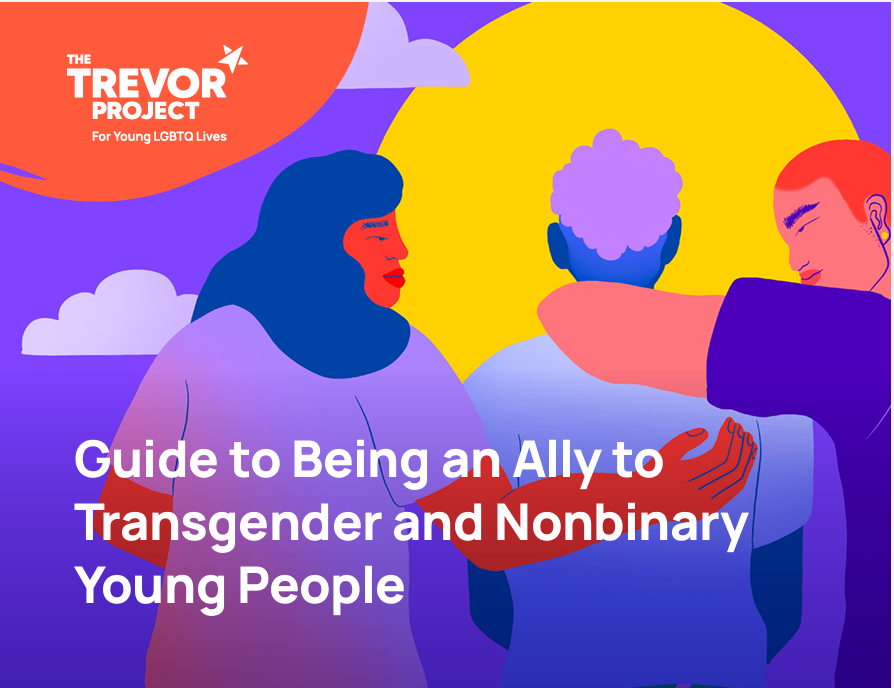
Recommendation: We recommend this guide as a helpful introduction for those learning about supporting youth with trans and gender nonconforming identities. The guide is written in clear, accessible language. It offers straightforward advice about how to make sense of gender identity and some basic best practices for relating to trans and non-binary people. Because the guide is short and written in plain language, we recommend it for youth and adult audiences alike.
Trans Allyship Workbook
Trans Allyship Workbook
Author: Davey Shlasko
Description: This 110-page print book is also available in an e-reader format. Topics include:
- Trans identity
- Coming out and transition
- Intersectionality
- Children and youth
- Discrimination, violence, and disrespect
- Pronouns
- Allyship behaviors and situations (including for educators and other professionals)
Audience: Adults
Recommendation: We recommend this book as an informative companion resource rather than as a standalone lesson within the curriculum. The book is easy to navigate, offering current, intersectional, and in-depth foundational knowledge which is useful for those who want to broaden their understanding. It offers many helpful scenarios and self-reflection activities which can be incorporated into curriculum. However, the writing is too dense for a youth audience, so we recommend it as a supplemental resource, particularly as a pre-resource for facilitators and staff who want to develop their understanding of trans allyship before they facilitate programming on the topic. We also found the resource list at the end of the book to be particularly helpful.
Trans 101 Video Series
Trans 101 Video Series
Author: Minus18
Description: Minus18 is an Australian organization that advocates for LGBTQIA+ youth.
Not all of the videos on the website have been reviewed, so we encourage you to click on the following links to access reviewed content:
Audience: Primarily adults
Recommendation: We recommend using this set of videos as recommended viewing and an introduction to the concepts. We appreciated that the content was engaging and personable and included voices of diverse LGBTQIA+ people using plain language. However, the videos (particularly in the beginning) moved very quickly, and the captioning was out-of-sync with the vocal track, making the content difficult to follow. Additionally, the videos did not offer room for engagement or reflection with other learners or facilitators. Guided learning opportunities would help viewers unpack the content. If paired with additional training resources (i.e. questions, learning activities, or discussions), this could be a valuable element that sets the stage for learning by helping people feel more comfortable with the content.

